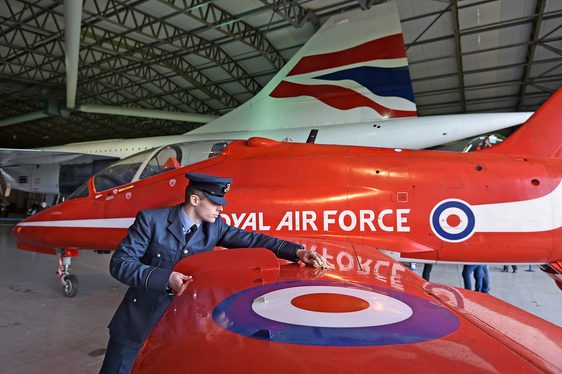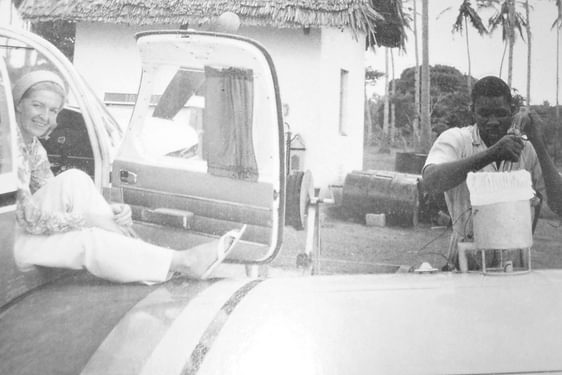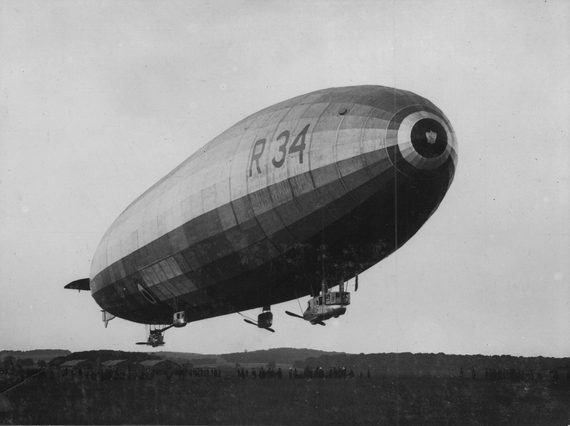
Stowaways and cats: The first transatlantic flight from Britain to the United States
News Story
On 2 July 1919 Airship R34 departed from East Fortune Airfield, landing on Long Island, New York over four days later. It was the first transatlantic flight from Britain to the United States.
An epic journey
On a cold misty morning on 2 July 1919 at 1:42am the intrepid crew of the Airship R34 set off. Eight officers, 22 men, one stowaway, two pigeons, and a kitten embarked on the first ever return flight between Britain and the United States.
The voyage began just a few weeks after Alcock and Brown’s record-breaking west-east Atlantic flight. The R34’s trip would mark the first east-west crossing by air.
Another first was marked by the airship R34 with the first arrival in the USA by air when Major Pritchard parachuted from the airship to instruct the ground crew.
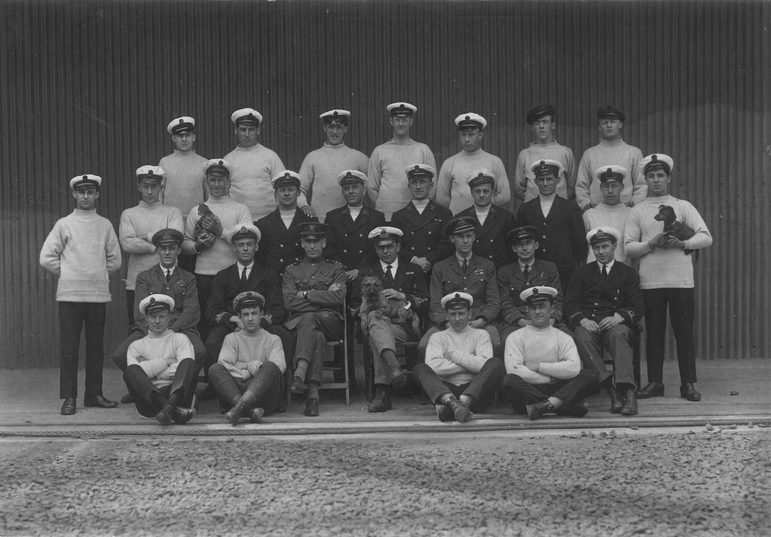
Tiny at East Fortune
The airship R34 measured 634 ft (approx 193 m) and was nick-named Tiny. It was stationed at East Fortune, which was a Royal Naval Air Station at the time, and now is home to the National Museum of Flight. The airships came under the command of the Navy as their primary duties were convoy protection and anti-submarine activities.
The R34 arrived at East Fortune in May 1919. The airship was constructed at the William Beardmore factory at Inchinnan near Glasgow but was completed too late to see active service in World War 1. She had one operational voyage over the Baltic Sea as part of a show of strength in advance of the ratification of the Treaty of Versailles.
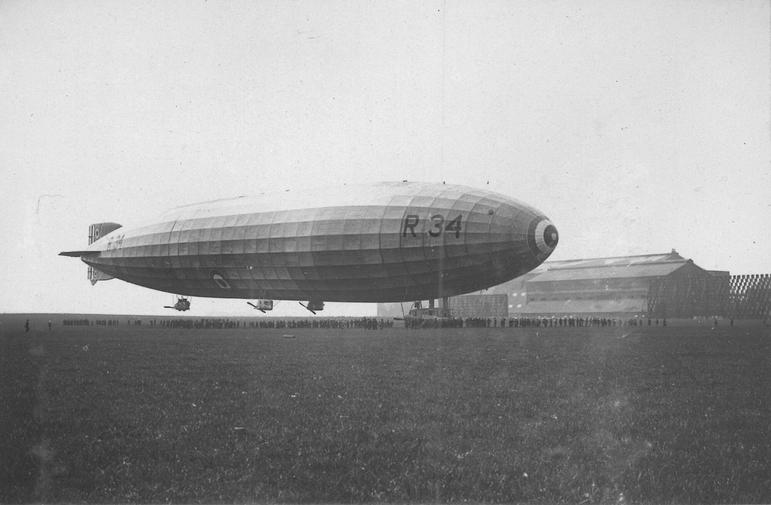
Departure from East Fortune
When R34 left East Fortune for the United States, no photographs were taken but a painting by British artist David Weston depicts the scene. The artistic interpretation helps demonstrate the huge scale of the airship.
The initial destination for R34 in the United States was Mineola in Long Island. Rolling grasslands and favourable winds made it a popular choice for aviators.
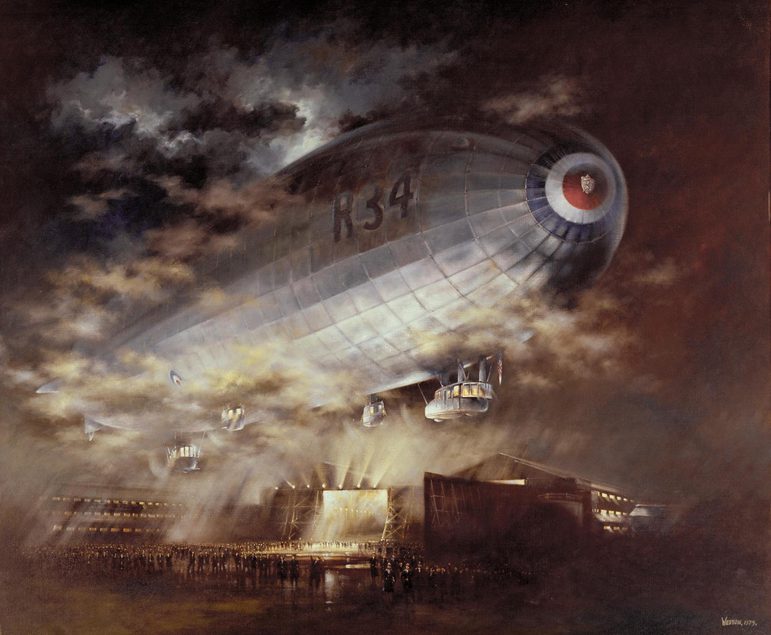
During the crossing
We have various objects in our collection that tell individual stories of this significant journey. This includes a letter written by the chaplain at East Fortune to his sister that was carried by the R34 across the Atlantic. The envelope for the letter notes that it was dropped over Nova Scotia then found in November 1919 and posted on.
Our collection also features the bowplate from the R34, the airship’s altimeter dial, binoculars, a camera used on the flight, and a bottle of brandy that was taken on board for medicinal reasons.
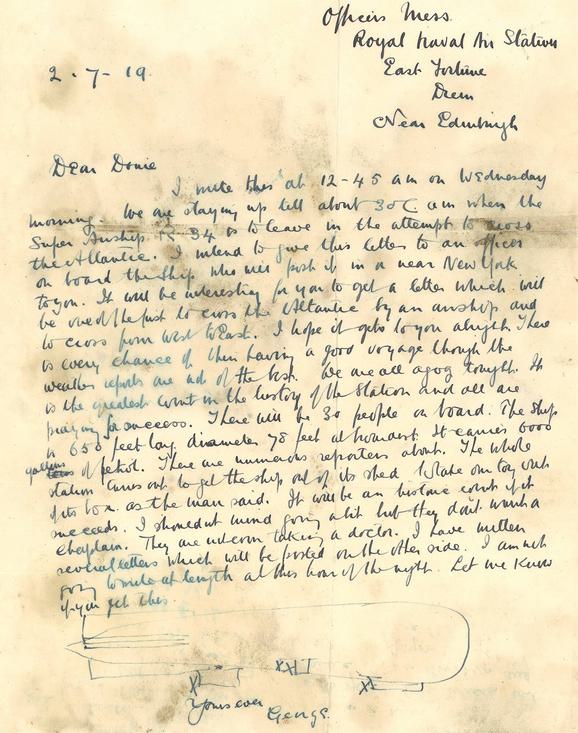
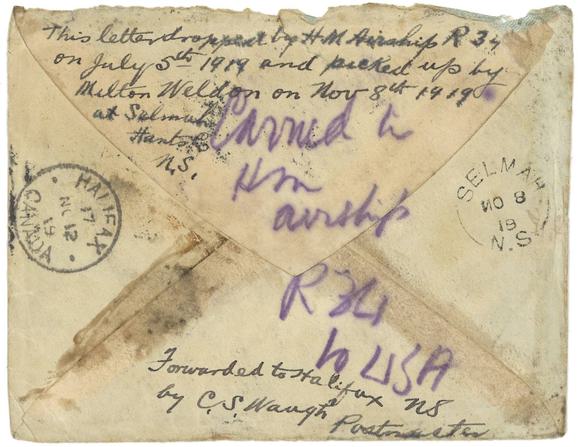
Arrival in United States
The R34 reached Mineola at 9:45am on 6 July 1919. It was 108 hours and 12 minutes after it departed East Fortune; about four and a half days. The journey was filled with adventure and near disasters. The crew contended with dwindling fuel supplies and violent squalls, as well as a leak that was repaired with the crew’s entire supply of chewing gum.
Most surprisingly the journey marked the world’s first human and feline trans-Atlantic aerial stowaways. Newcastle man, William Ballantyne who had originally been part of the crew stowed away on the voyage as well as Wopsie the cat.
The R34 returned to the UK, landing at Pulham in Norfolk.
Image gallery
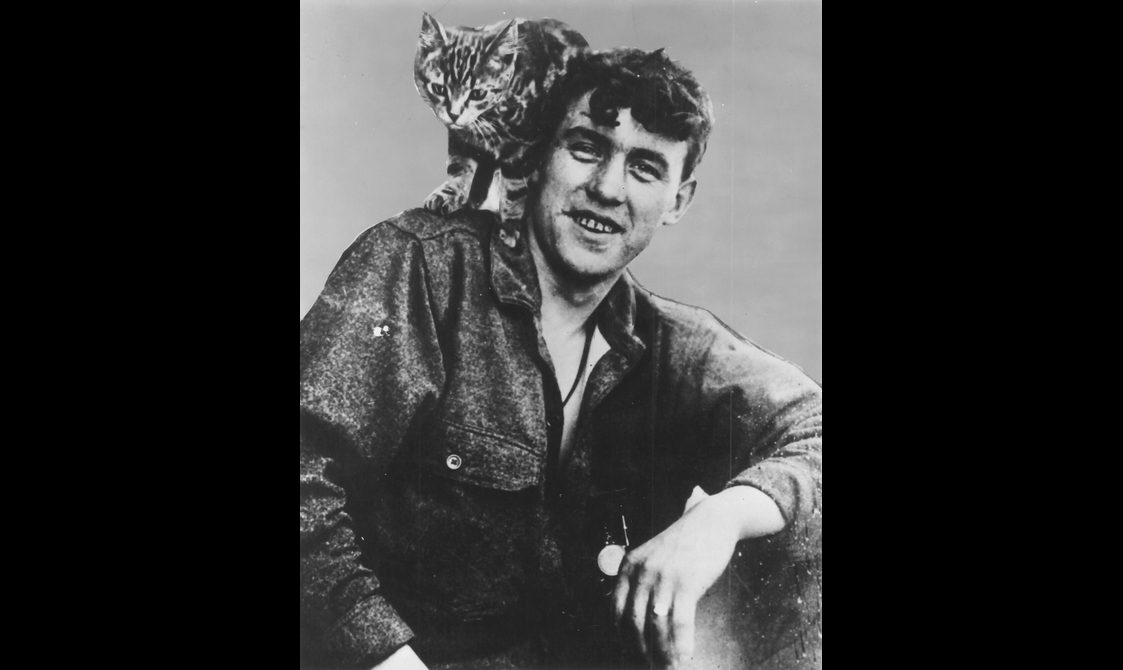
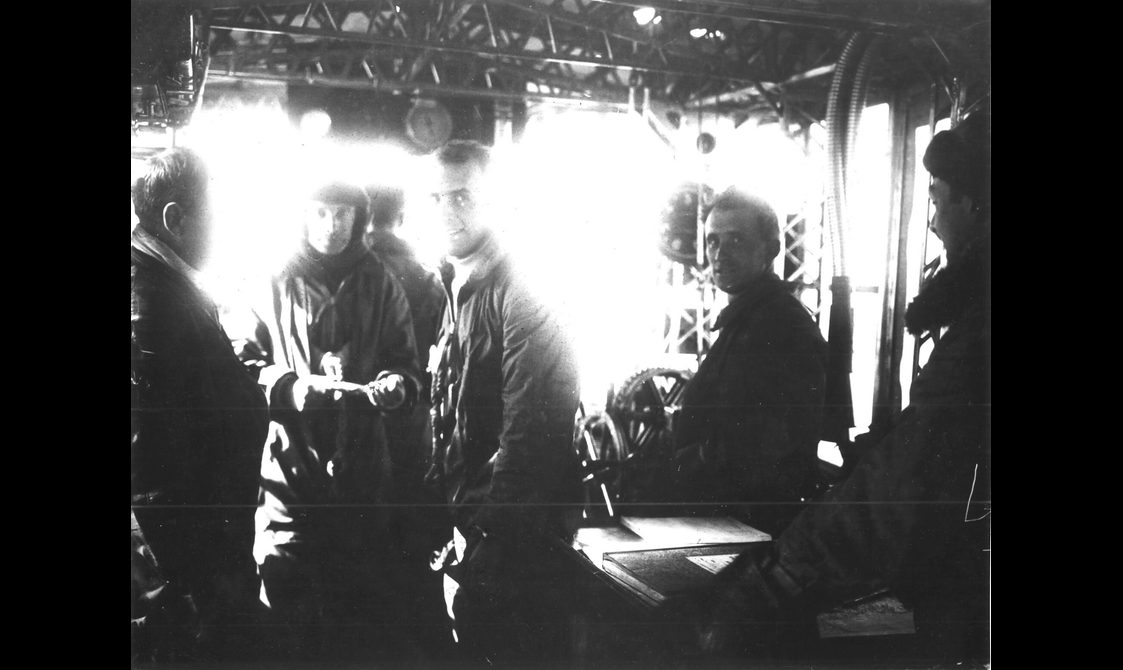
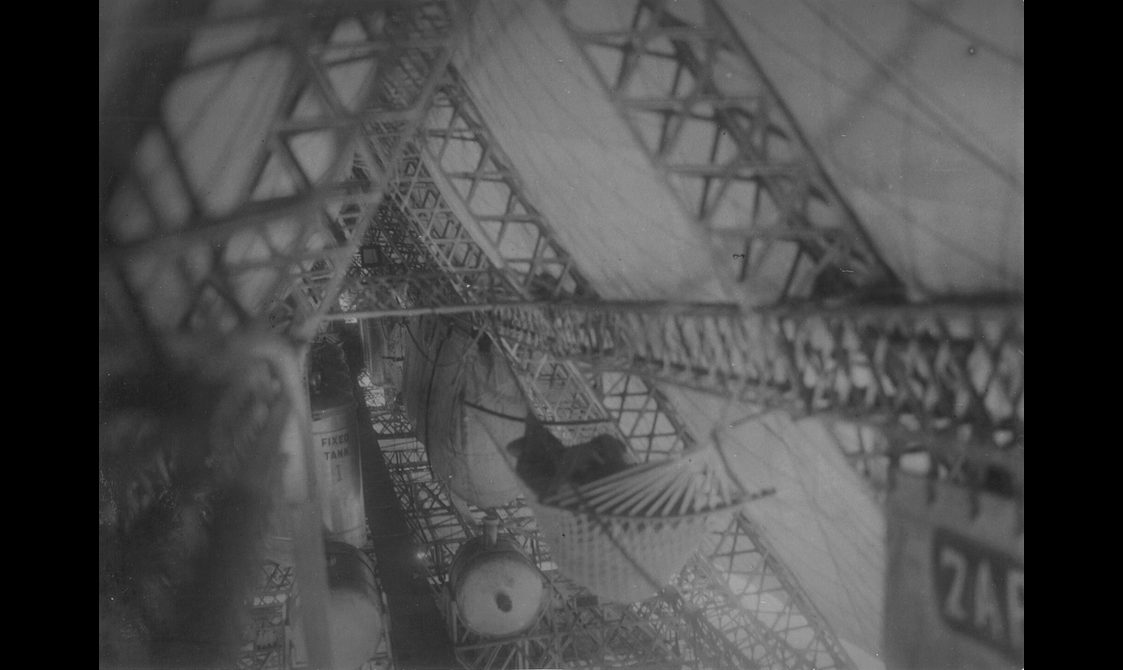
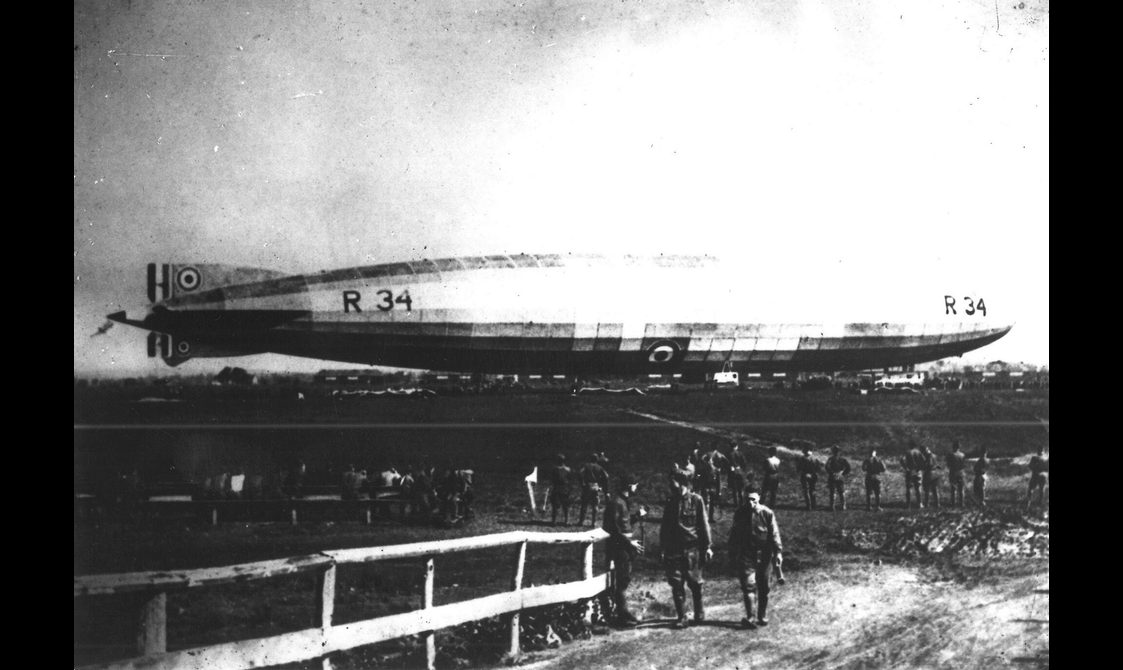
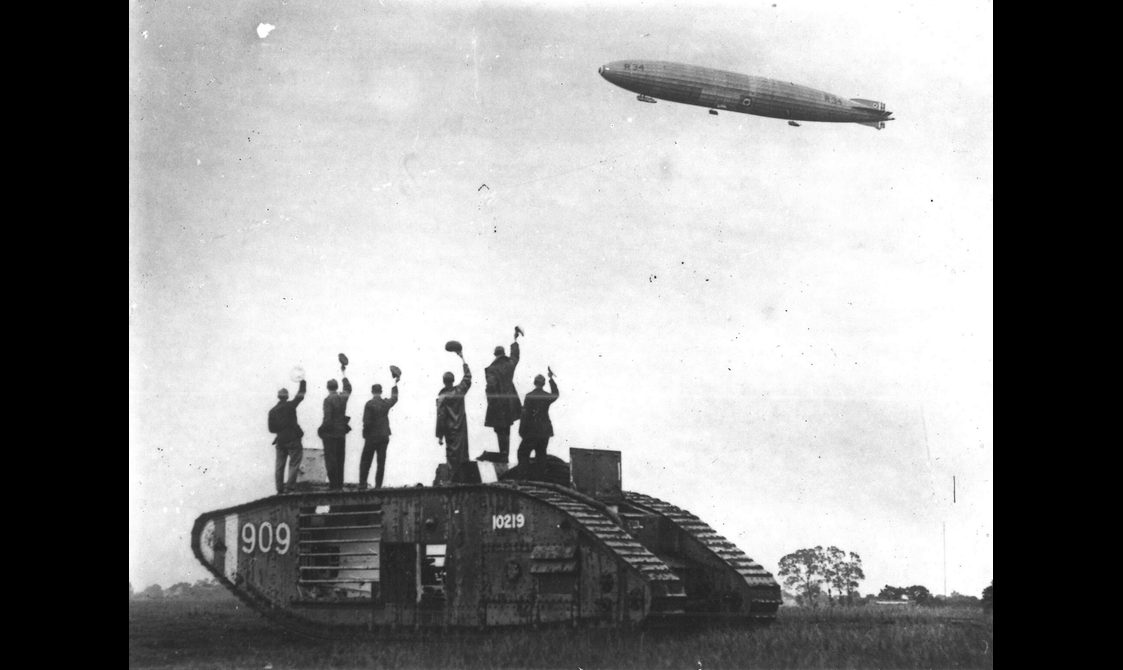
Several objects related to the airship R34 are on display at the National Museum of Flight.
